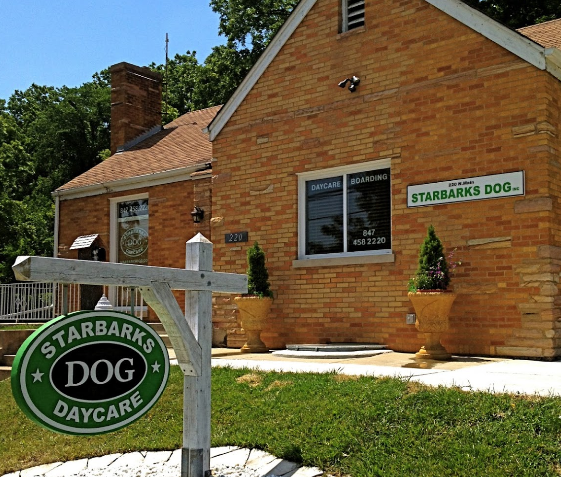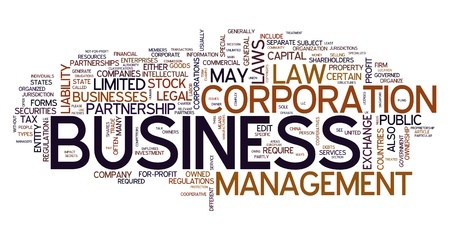
Wouldn't it be a fabulous world if we didn't need lawyers?
One of the great things about lawyers is that we can (usually, but not always) fix the mistakes our clients make. And the way I see it, if I can help to educate my clients and the public at large about what those common mistakes are before they are made… well, all the better.
Today I want to share with you 10 of the most common mistakes I frequently see entrepreneurs make with trying to file a trademark application (without the assistance of a lawyer).
1. Filing under the wrong name.
It seems so simple, but yet it is one of the most common mistakes I see. Entrepreneurs get all gung-ho about filing their trademark application before (or sometimes after) they have filed their corporate paperwork. And instead of listing the corporate entity as the trademark owner, they list their personal name. Unfortunately, in these situations the application is most likely void, which means that the applicant will have to start all over and pay a new application fee.
2. Using the incorrect Class
When filing a trademark application, you will need to designate a class of goods or services to which the trademark will apply. Many people pick the wrong class on their application, perhaps because they know there is a conflicting mark in the class in which that should register, or maybe for some other reason. While this will not be fatal to the application, it could cause a delay in receiving the final trademark registration if the examining attorney decides to change the classification or if the new classification would cause the mark to conflict with another mark.
3. Overly Broad goods
I realize this seems silly – and to the average person it is – but listing too many goods or services on your application will cause the application to receive a preliminary denial. If you have goods or services that fall into more than one class, for example, additional fees could be due or you may need to amend and clarify your application.
4. Description isn't broad enough
Here's the thing about descriptions, you want to make sure the description is broad enough to cover all the goods and services that you will be using the mark for. You can cut back on the description later, but you can't add to it. So you need to make sure that all the possible goods and services are properly included in the description, and that all the appropriate classes have been designated.
5. Pick a bad trademark name
I've talked previously about the importance of picking a good name when you are filing a trademark application. Here are two articles I've written on this subject:
- How to Choose the Right Brand Name to Position Your Business for Success
- Branding Yourself… How to Properly Name Your Business
If you pick a bad name, it may be fatal to your trademark application. Review those articles and don't make this mistake.
6. Wrong date of use for the goods
The date that you first used the goods “in commerce” is typically the date that you sold your first product using the trademark. If you contend you are using the mark when you file your application, but you haven't actually sold any products as of the filing of the application, it could be problematic for you. Also, the proper use date is important in the event a conflict arises regarding who used the mark first.
7. Failing to timely respond to office actions
The statutory period to respond to an office action is six months. If you fail to file a response within that time period, or you fail to respond to all of the bases for the office action, then your application will be deemed abandoned. A petition is required to reinstate the application (but only if the failure to respond was “unintentional”). You can always pay another fee and start the process over again. But the main point here is to be sure and file your response prior to the end of the six month statutory period.
8. Assuming that if you own the website, you own the trademark
I hear this all the time. If you own a domain name, it has no bearing whatsoever on your rights to the trademark contained within the domain name. In many cases, you can get sued or have to switch out your entire website if you infringe on someone else's mark with your web address. Just ask Pat Flynn, someone I truly admire and respect, how he would have handled his first website differently.
9. Failing to get an attorney involved early in the process if there will be a problem
If you get an office action back with a number of reasons denying your mark – it is important to call an attorney right away. Responding to an office action can take a great deal of time and research on the part of the attorney. Evidence, affidavits, and other information may be required to support the response. This could take every bit of the six month period to gather. So call a lawyer now, before it is too late.



